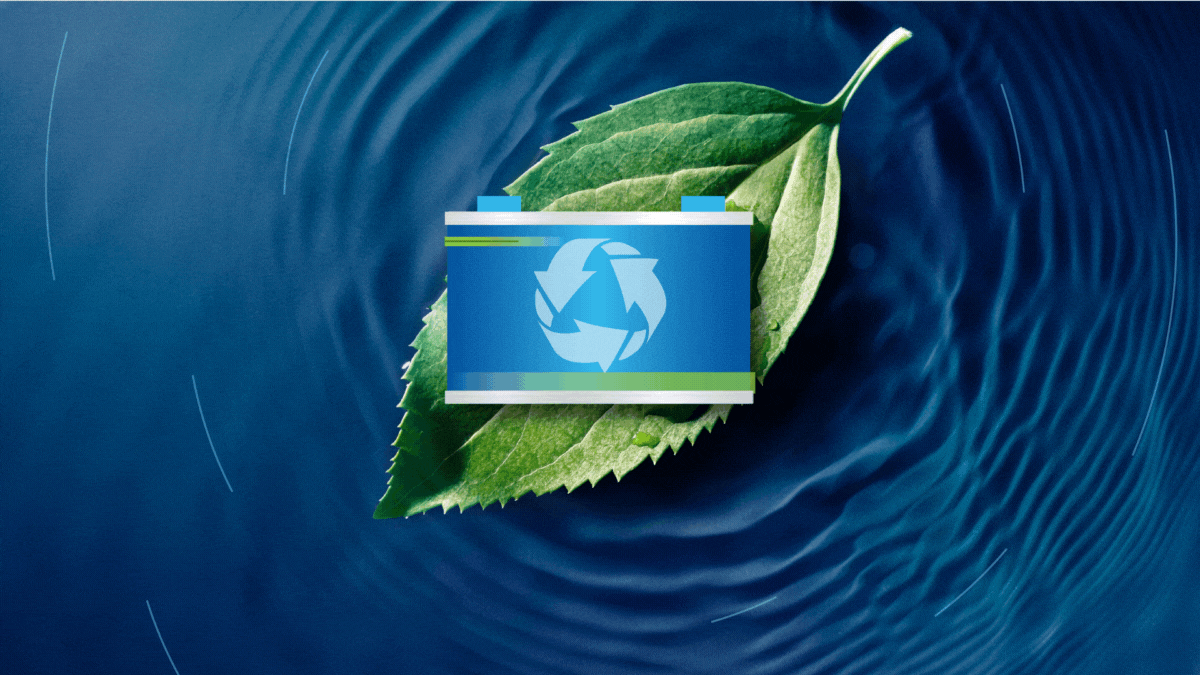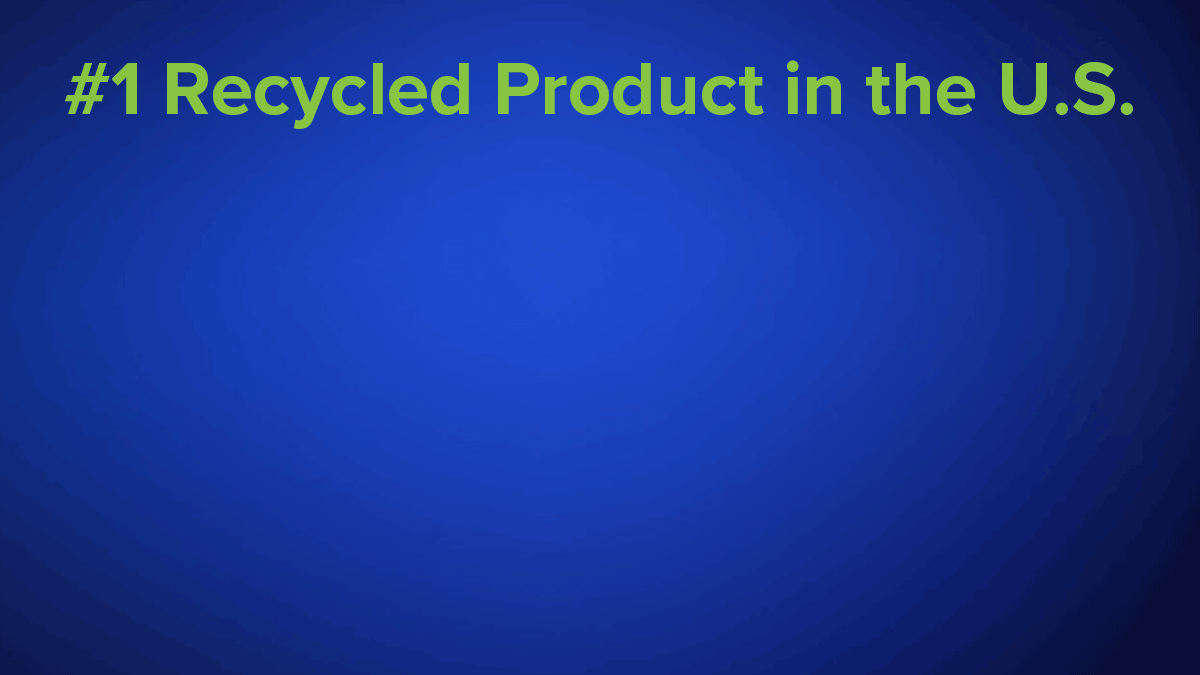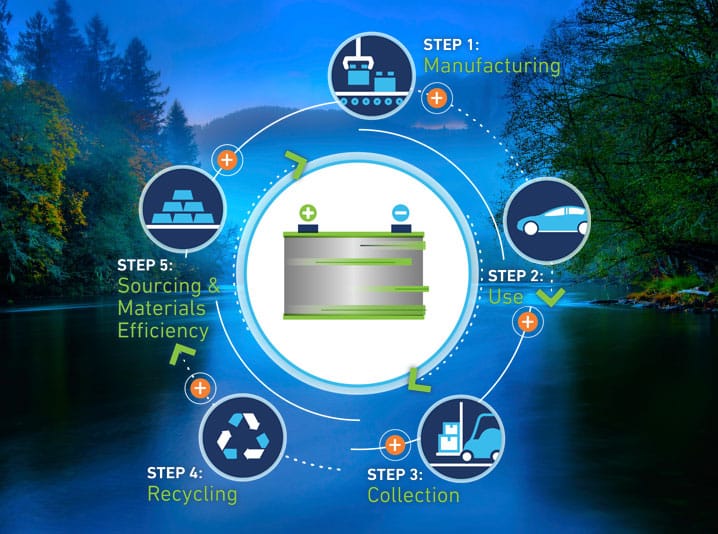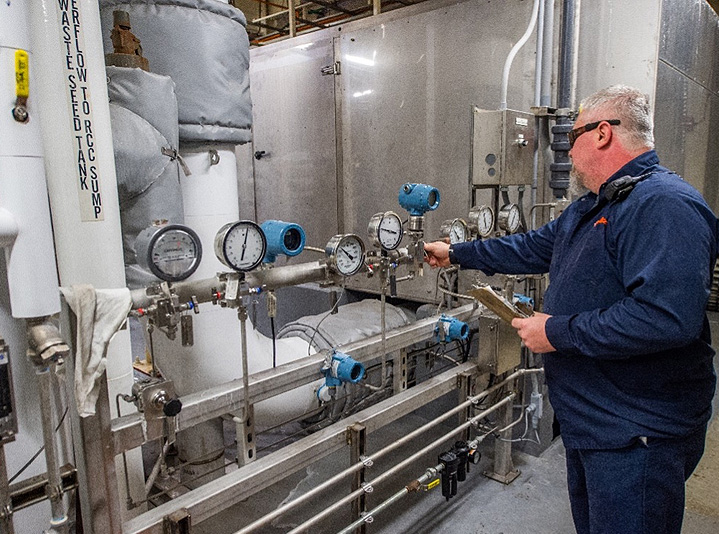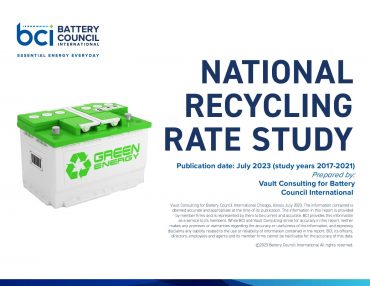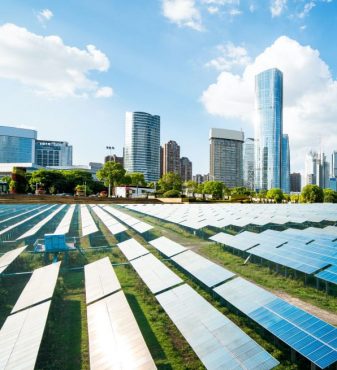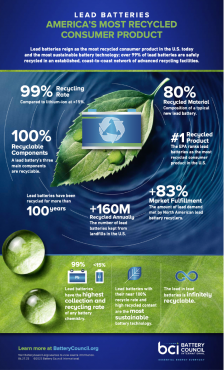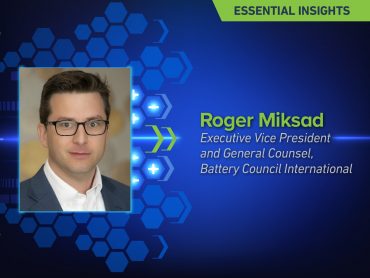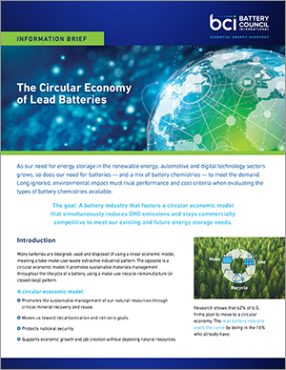Lead batteries reign as the most recycled consumer product in the U.S. today and the most sustainable battery technology; 99% of lead batteries are safely recycled in an established, coast-to-coast network of advanced recycling facilities.
Lead Battery | Sustainable
Today’s innovative lead batteries are key to a cleaner, greener future. They’re also the most environmentally sustainable battery...

